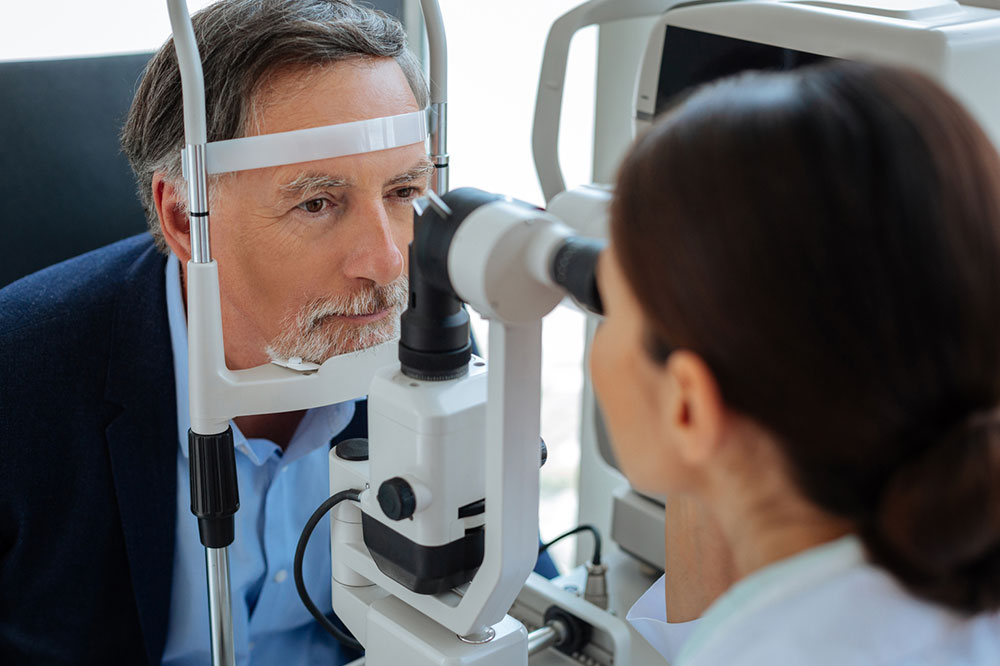Common signs of poor eye health due to high blood sugar

High blood sugar can affect eyesight in several ways. For instance, it can damage the blood vessels in the eyes and trigger swelling in the eye tissues, which can change the shape of the lenses. Therefore, those with diabetes must take measures to manage their blood glucose levels. When high blood sugar affects the eyes, it leads to many noticeable symptoms. Here are five such signs of poor eye health due to high sugar.
Blurry vision
When blood sugar levels exceed a specific limit, the eye lenses swell. This distorts vision, and things appear blurry. As a result, one may find it challenging to perform tasks like driving and reading efficiently.
Glares
Eye lenses can become cloudy due to high sugar levels in the blood. Since these lenses are similar to those in cameras, the cloudiness makes it challenging to focus on things. As a result, a person experiences glares.
Floaters
Floaters are white or translucent spots in the field of vision. These spots are usually triggered by exposure to bright lights, such as early afternoon sunlight. For those with high blood sugar, floaters can be a persistent problem that blocks their sight. It happens due to the damage caused to the retina’s blood vessels by high glucose.
Faded colors
The retina is the most affected by high sugar. Since its function is to recognize colors, any damage can significantly impact one’s vision. When blood sugar levels exceed a specific limit, colors may appear faded or washed out.
Poor night vision
A type of photoreceptor cell in the retina called rods helps people see in low light. The damage to the blood vessels and nerves of the retina due to high blood sugar affects these cells, leading to night vision problems.
People with diabetes should look out for these signs of poor eye health due to high sugar. If someone experiences these symptoms, they should visit a healthcare provider to understand whether they are linked to raised blood glucose levels.
Eye problems associated with high blood sugar
If unmonitored, high blood glucose can lead to several eye conditions that trigger similar symptoms to those discussed above. Common examples of such disorders include:
Diabetic retinopathy
High blood sugar can damage the retina’s blood vessels, causing them to swell and leak. As a result, the blood flow may stop, leading to blurry vision.
Macular edema
The macula, the central portion of the retina, may swell because of leaky blood vessels caused by high blood sugar. This can make vision distorted or blurry.
Glaucoma
When high blood glucose damages the retina’s blood vessels, it may lead to the growth of new but abnormal blood vessels on the iris. This increases pressure on the eyes, causing neovascular glaucoma.
Cataracts
Cataracts are characterized by a cloudy buildup in the eye lenses. High blood sugar often increases the rate of cataract formation.
People with diabetes must undergo routine eye exams so that these conditions can be diagnosed as early as possible and treatment can begin to prevent further vision damage.



